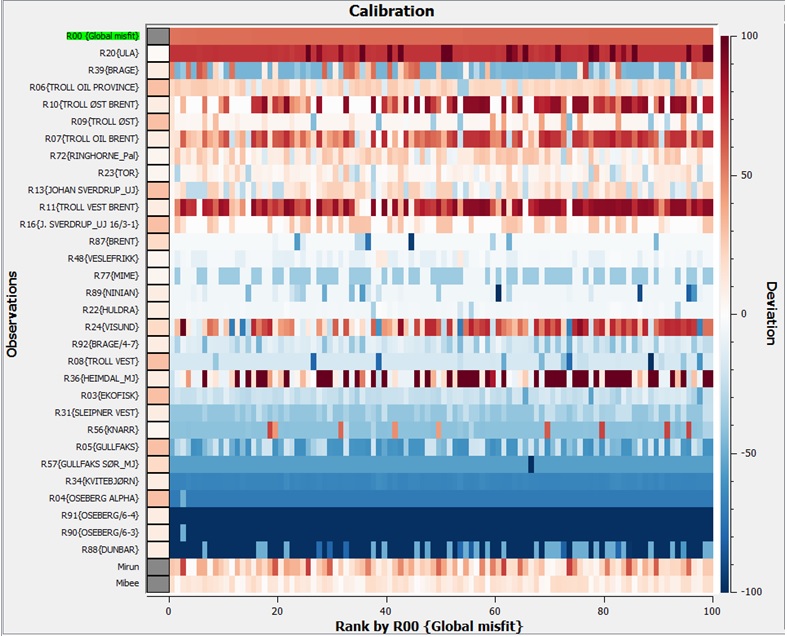Petroleum System Analysis and Modelling
The term “petroleum system analysis” is used as a conceptual description of geological and geochemical elements required to create a trap containing oil and gas. Migri models the petroleum system, and we use the modelling results to estimate the risk of finding oil and/or gas in the traps before drilling.
How petroleum system analysis and modelling works
Each petroleum system defines a unique combination of sources, migration conduits, and oil and gas traps and seals. As an example, a petroleum system can consist of Jurassic source rocks that feed oil and gas vertically into Tertiary traps through Cretaceous mudstones.
The petroleum system analysis usually relies on high quality seismic interpretations, using state of the art (3D) seismic data. Seismic amplitude anomalies are also commonly used to support the petroleum system analysis. Our Migri simulator models the petroleum system from source to trap, using lithological models derived from the seismic property interpretations. The simulation is often supported by seismic AVO interpretations.
Scenario-based modelling of petroleum systems
For quick model studies and simple scenario-based modelling of petroleum systems, MigriX is often preferred. A mean case can be created for the most likely source rock properties scenario, while P10/P90 cases are created to describe the 10%/90% probability model for the source rock properties. The migration histories for these three cases are then modelled in MigriX, and the charge histories into the trap (prospect) is extracted.
If all three cases result in sizeable oil accumulations, the probability of oil charge is high. If the P90 and mean results in gas, while only the P10 results in oil, the oil charge risk is significant and must be considered before drilling the trap as an oil prospect.
Higher uncertainty favors stochastic approach to Petroleum system analysis

A stochastic approach to the petroleum system modelling may be required in systems with higher uncertainty, to elucidate the charge risk factors in more detail. To achieve this, the full stochastic approach of the Migri software can be utilized in the petroleum system modelling.
In cases with higher uncertainty, the parameters are fed into Monte Carlo simulations with more than 1000 runs. The results are then weighted based on observations, and the probability distributions of the trapped volumes and properties (GOR etc.) are plotted to improve the quality of the petroleum system analysis.
Interested in our software? Download a free trial here >> or read more about basin modelling here >>




